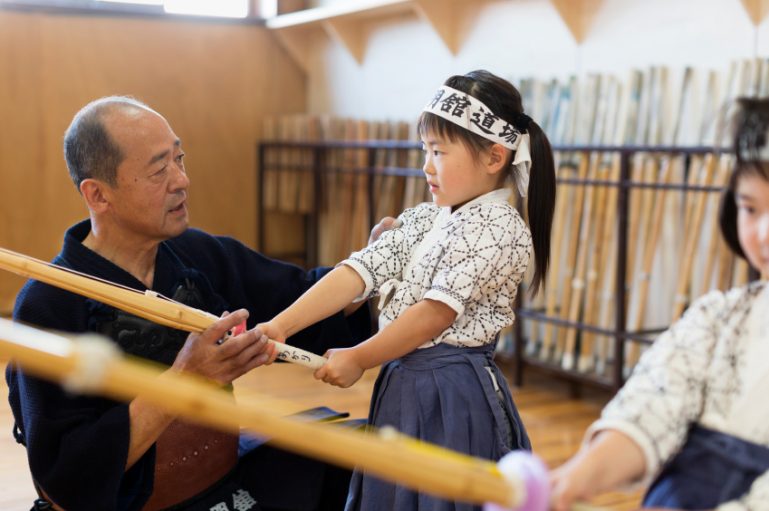All athletes, who are at the top of their respective disciplines, have them – coaches to enhance performance, sports psychologists, nutritionists, sports physiotherapists, motivational experts and technologists who fine-tune body movement. Without the input of these ‘assistants’, progress in the discipline might be slow or negligible and the athlete may never succeed according to his/her potential. With the team of ‘assistants’ present, however, instruction and correction are given in a timely manner. Behaviour is changed daily to tweak performance and numerous practise sessions are undertaken to reinforce newly gained techniques. In order to remain in the top rankings, the athlete relies on this instruction and looks forward to enhancing skills to result, subsequently, in possible success.
In the workplace, the leader needs to recognise the potential of team members and facilitate its growth. Performance levels are about how well people do their jobs – this includes tasks and activities, but also other, less tangible parts such as self-organisation, communication and teamwork. This relates to enhancing quality rather than quantity. So, the manager needs to ensure that current performance is satisfactory, resolve causes of under-performance, encourage people to increase their skills and capabilities and create opportunities for learning and development. This important leadership task is called “coaching”.
In his book, “Passion for Excellence”, Tom Peters refers to five distinct roles that coaches perform:
- Educate – this is not about forcing information and techniques down the throat of the employee who has just come on board in the organisation, but about giving the message that “you belong”. You are a part of what goes on here and you can contribute. Once this message has been absorbed, only then can learning about new techniques and procedures take place. In this educate role, the link between the employee’s job and organisational objectives is made.
- Stretch – this teaches employees how to contribute and participate as active team members. Stretching guides a staff member’s performance in real time, shapes it, refines it, carries it forward and enhances it. Stretching inspires employees to move forward to the next level of performance.
- Counsel – this is used when there are problems and behaviour that need to get rectified. The leader is both frank and compassionate as an attempt is made for the employee to accept accountability. It means caring enough to let a person know that there is a problem and they are not on track. This takes confidence and a skill to lead people, to recognise problems and successes in a constructive way.
- Confront – this is about taking serious problems seriously, facing them honestly in order to correct the situation. Confronting low performance is a tough job to do, but avoiding the problem will lead to even greater problems. Confronting recognises that a change is essential, but treats employees respectfully nonetheless. The coach meets with the employee in a face-to-face meeting and outlines the alternatives and consequences.
- Sponsor – this is sometimes called “personally guided autonomy”, with the coach as the chief guide. A sponsor is responsible for an employee’s development (building necessary skills and techniques) and for ‘selling’ the employee laterally or upwards in the organisation. It involves granting appropriate measures of autonomy by building on their strengths and tailoring the same to their ambitions.
Ken Blanchard suggested: “The development of an individual to his or her highest level of performance can be seen as a journey of empowerment” – the more skilled, confident and empowered employees feel, the greater the possibility of excellent team performance. Harry Levinson (The Exceptional Executive) notes: “Of what use is aging, experience and wisdom if not to be the leaven for those who are younger? Of what use is pain if not to teach others to avoid it? The leader not only has the right; if he is a leader, he has the obligation”.
Free To Grow offers the workshop: “Helping People Grow” to enhance coaching skills










